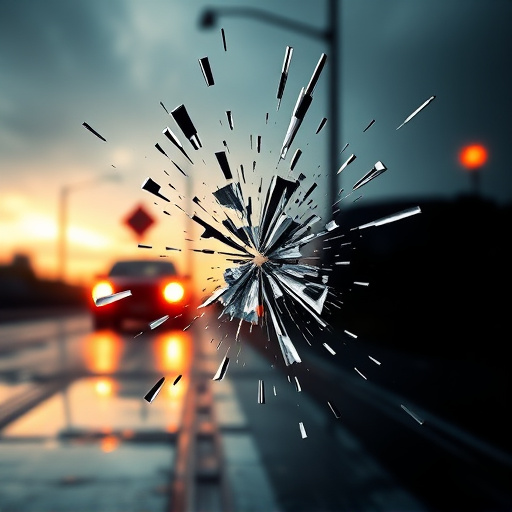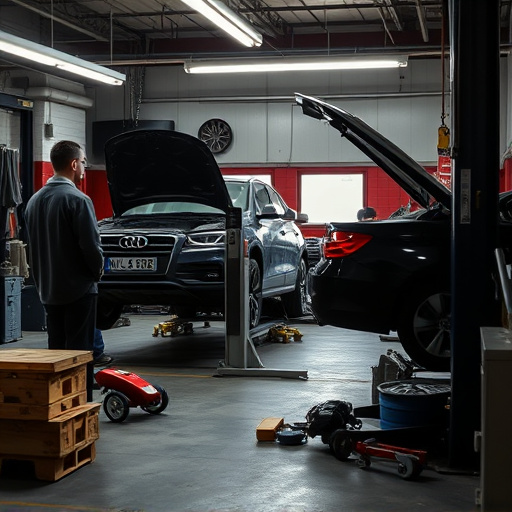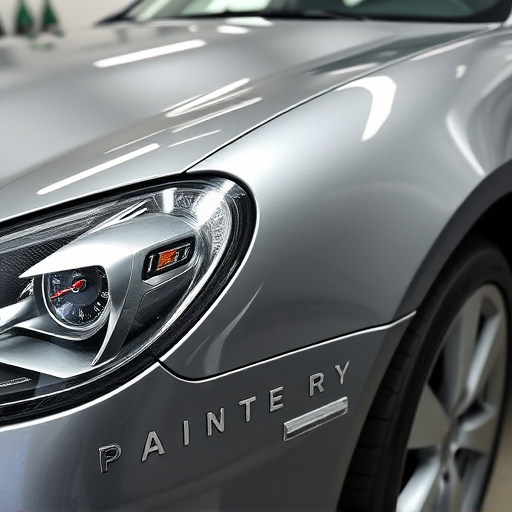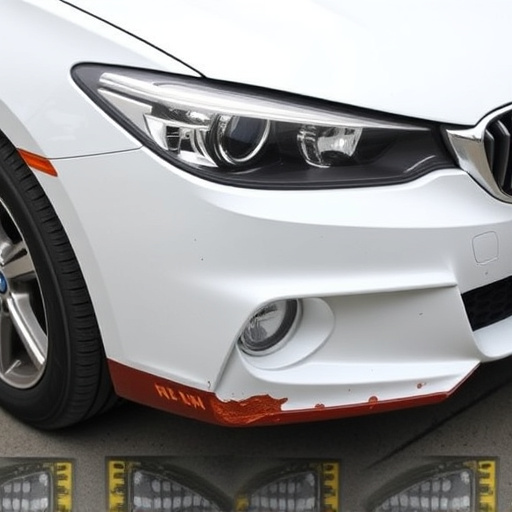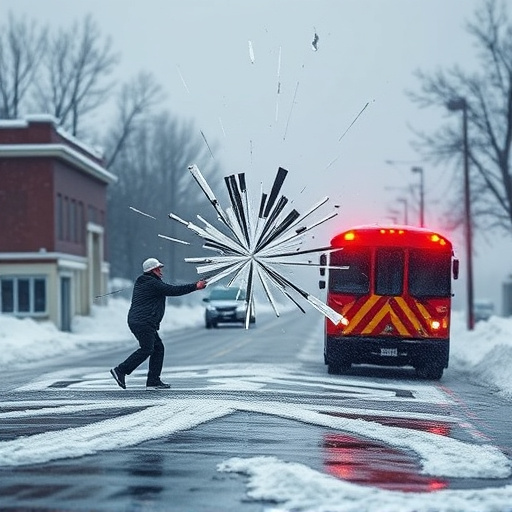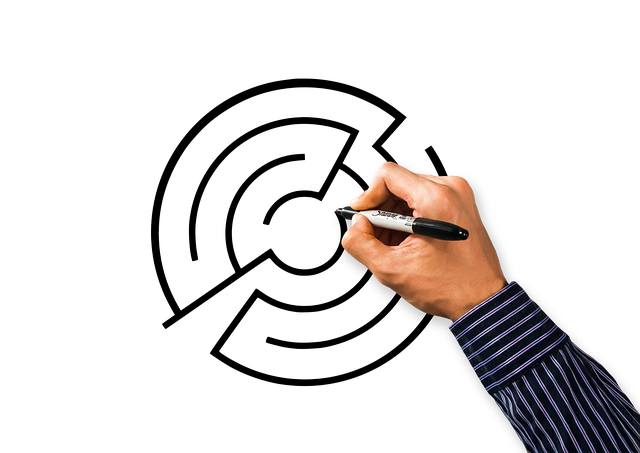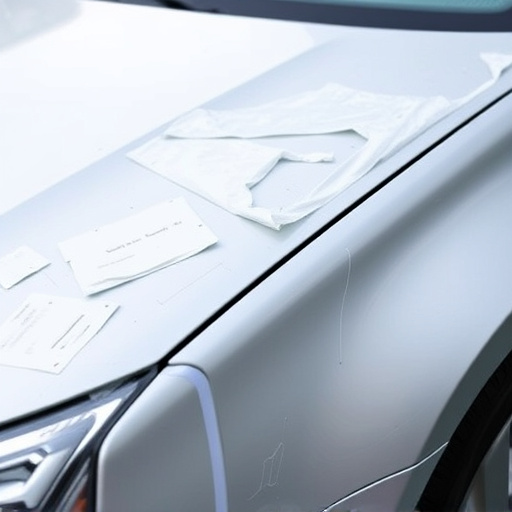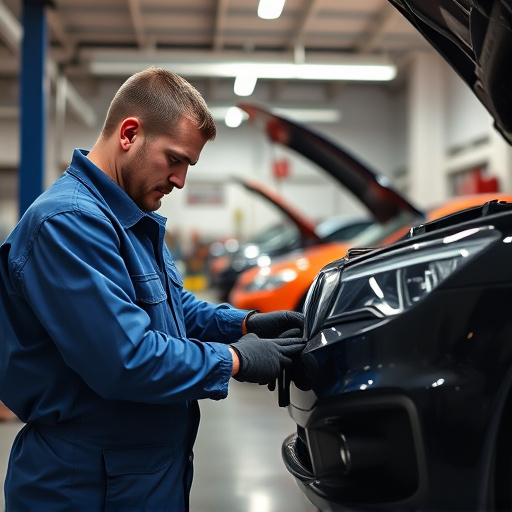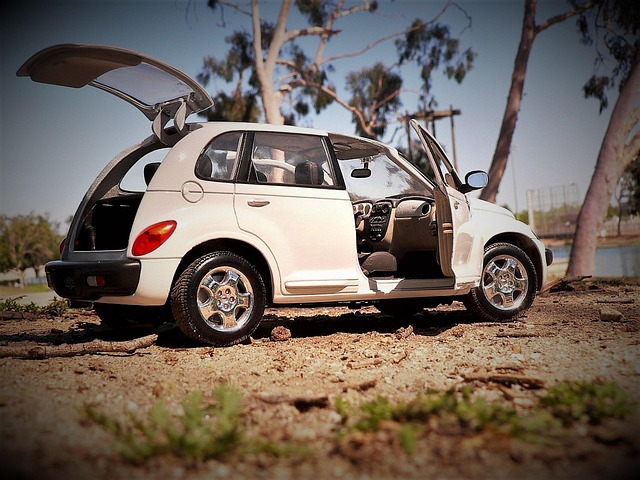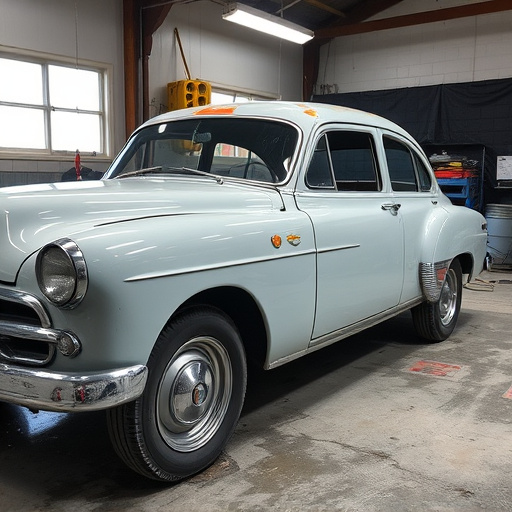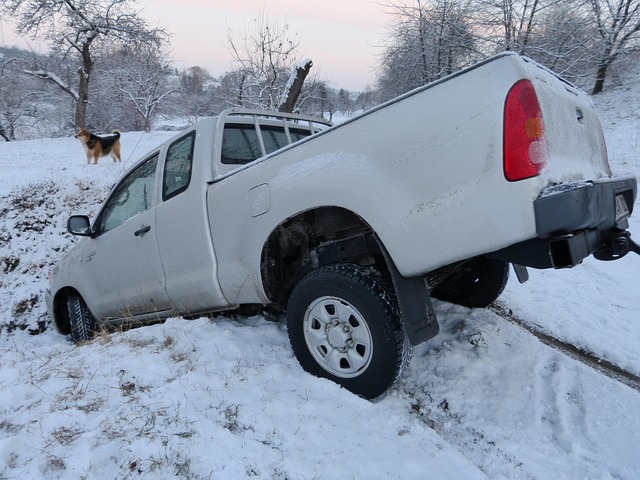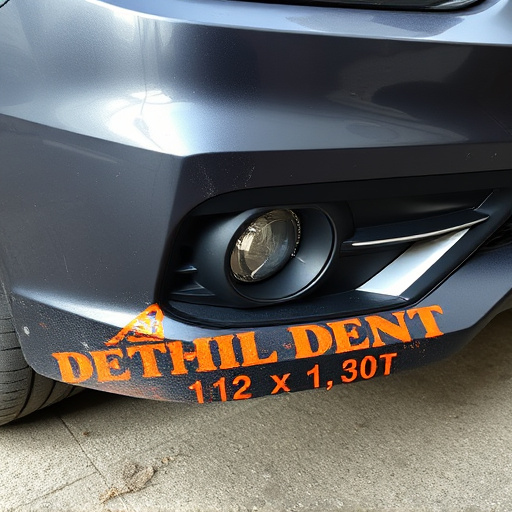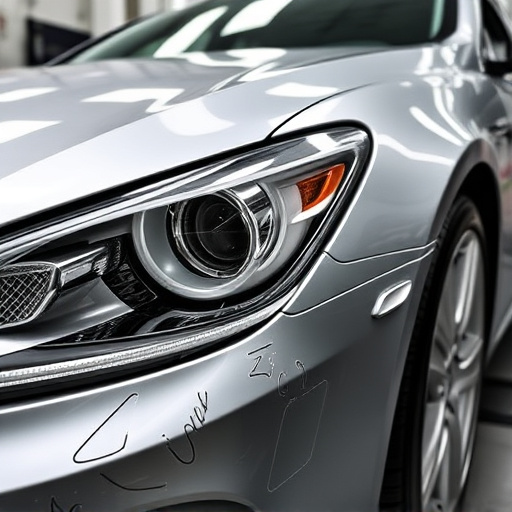Bumper paint matching, once subjective and skill-dependent in automotive restoration, has been transformed by digital scanner technology. These tools offer unparalleled precision through advanced color analysis and 3D scanning, ensuring consistent and reliable results. By capturing detailed surface data non-destructively, digital scanners enable exact color and finish replication for seamless integration with vehicle bodywork. This innovation streamlines repairs, boosts work quality, enhances customer satisfaction, and revitalizes vehicles' aesthetic appeal. Best practices include regular calibration, proper surface preparation, and software integration for advanced color analysis, ultimately elevating the accuracy of bumper paint matching during bodywork repairs.
Digital scanners are transforming the automotive industry, especially in achieving precise bumper paint matching. With advancements in technology, these devices offer an accurate and efficient solution to a common challenge. This article explores the intricacies of bumper paint matching and its complexities, highlighting how digital scanners provide a game-changer for painting accuracy. We’ll delve into the benefits and best practices of implementing this innovative technology, revolutionizing the way automotive repairs are carried out.
- Understanding Bumper Paint Matching and Its Challenges
- The Role of Digital Scanners in Enhancing Accuracy
- Benefits and Best Practices for Implementing Digital Scanner Technology
Understanding Bumper Paint Matching and Its Challenges
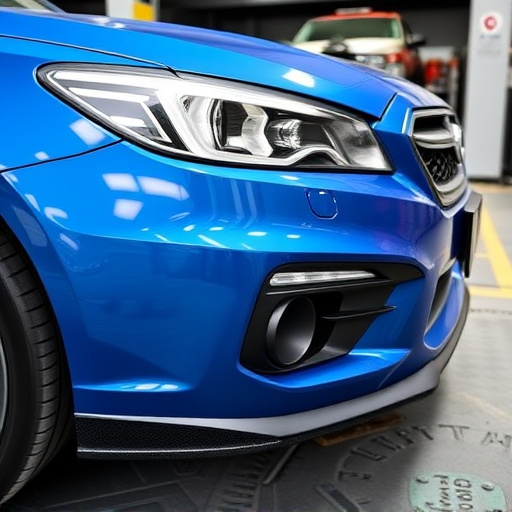
Bumper paint matching is a critical component of automotive restoration and repair, especially when it comes to restoring a vehicle’s original appearance after damage or collision. It involves accurately recreating the color and texture of the bumper, ensuring seamless integration with the rest of the car’s bodywork. However, achieving precise bumper paint matching presents several challenges. The process requires a deep understanding of color theory, material science, and the ability to match not just the color but also the subtle variations in finish and texture that can make a bumper appear authentic.
In traditional car repair, achieving this level of accuracy was often subjective, relying on the skill and experience of technicians. However, with advancements in technology, digital scanners have emerged as game-changers in the field. These innovative tools utilize advanced color analysis and 3D scanning techniques to capture and match bumper paint with unparalleled precision. By digitizing the surface details and color spectrum, collision centers and car bodywork services can now offer more consistent and reliable bumper paint matching, elevating the overall quality of their work and ensuring customer satisfaction in restoring their vehicles’ aesthetic appeal.
The Role of Digital Scanners in Enhancing Accuracy

Digital scanners have revolutionized car paint services, particularly in achieving precise bumper paint matching. These advanced tools play a pivotal role in enhancing accuracy during the restoration or repainting process of vehicle bodywork, including bumper repair. By capturing detailed and precise digital images of existing paint jobs, digital scanners enable technicians to analyze color hues, tonal variations, and even subtle differences in texture with unparalleled exactness.
This level of precision is crucial when matching bumper paint, as it ensures a seamless and flawless finish. Technicians can compare the scanned data against available car paint service color databases or specific colors required for custom restoration projects. The technology not only speeds up the process but also minimizes errors associated with traditional manual matching methods, resulting in higher-quality car bodywork services and more satisfying bumper repair outcomes.
Benefits and Best Practices for Implementing Digital Scanner Technology

The implementation of digital scanner technology offers a multitude of benefits for achieving precise bumper paint matching in automotive repairs, particularly in car body restoration and car dent repair. These scanners provide an accurate, non-destructive way to capture detailed data of car surfaces, allowing technicians to match the exact color and finish of the original bodywork.
Best practices for using digital scanners include ensuring proper calibration and regular maintenance to guarantee accurate readings. Technicians should also take care to properly prepare the car surface before scanning, eliminating any debris or contaminants that could impact results. Additionally, utilizing specialized software in conjunction with the scanners enables advanced color analysis and matching capabilities, further enhancing the precision of bumper paint matching during car bodywork repairs.
Digital scanners have emerged as powerful tools, revolutionizing the process of bumper paint matching. By offering precise color measurements and detailed data, these devices significantly enhance accuracy, ensuring seamless integration during vehicle repairs. Implementing digital scanner technology not only streamlines operations but also guarantees optimal results, ultimately elevating the standard of automotive painting.
